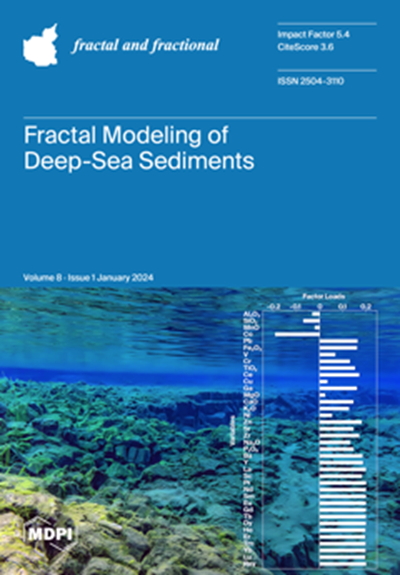Modeling and Predicting Passenger Load Factor in Air Transportation: A Deep Assessment Methodology with Fractional Calculus Approach Utilizing Reservation Data
IF 3.6
2区 数学
Q1 MATHEMATICS, INTERDISCIPLINARY APPLICATIONS
引用次数: 0
Abstract
This study addresses the challenge of predicting the passenger load factor (PLF) in air transportation to optimize capacity management and revenue maximization. Leveraging historical reservation data from 19 Turkish Airlines market routes and sample flights, we propose a novel approach combining deep assessment methodology (DAM) with fractional calculus theory. By modeling the relationship between PLF and the number of days remaining until a flight, our method yields minimal errors compared to traditional techniques. Through a continuous curve constructed using the least-squares approach, we enable the anticipation of future flight values. Our analysis demonstrates that the DAM model with a first-order derivative outperforms linear techniques and the Fractional Model-3 in both modeling capabilities and prediction accuracy. The proposed approach offers a data-driven solution for efficiently managing air transport capacity, with implications for revenue optimization. Specifically, our modeling findings indicate that the DAM wd model improves prediction accuracy by approximately 0.67 times compared to the DAM model, surpassing the fractional model and regression analysis. For the DAM wd modeling method, the lowest average mean absolute percentage error (AMAPE) value achieved is 0.571, showcasing its effectiveness in forecasting flight outcomes.航空运输客座率建模与预测:利用预订数据的分数微积分深度评估方法
本研究探讨了如何预测航空运输中的客座率(PLF),以优化运力管理并实现收益最大化。利用土耳其航空公司 19 条市场航线和样本航班的历史预订数据,我们提出了一种将深度评估方法 (DAM) 与分数微积分理论相结合的新方法。通过模拟 PLF 与航班剩余天数之间的关系,我们的方法与传统技术相比误差最小。通过使用最小二乘法构建的连续曲线,我们可以预测未来的航班值。我们的分析表明,带有一阶导数的 DAM 模型在建模能力和预测精度方面均优于线性技术和分数模型-3。所提出的方法为有效管理航空运输能力提供了以数据为导向的解决方案,并对收入优化产生了影响。具体而言,我们的建模结果表明,与 DAM 模型相比,DAM wd 模型的预测精度提高了约 0.67 倍,超过了分数模型和回归分析。DAM wd 建模方法的平均绝对百分比误差(AMAPE)最低值为 0.571,显示了其在预测航班结果方面的有效性。
本文章由计算机程序翻译,如有差异,请以英文原文为准。
求助全文
约1分钟内获得全文
求助全文
来源期刊

Fractal and Fractional
MATHEMATICS, INTERDISCIPLINARY APPLICATIONS-
CiteScore
4.60
自引率
18.50%
发文量
632
审稿时长
11 weeks
期刊介绍:
Fractal and Fractional is an international, scientific, peer-reviewed, open access journal that focuses on the study of fractals and fractional calculus, as well as their applications across various fields of science and engineering. It is published monthly online by MDPI and offers a cutting-edge platform for research papers, reviews, and short notes in this specialized area. The journal, identified by ISSN 2504-3110, encourages scientists to submit their experimental and theoretical findings in great detail, with no limits on the length of manuscripts to ensure reproducibility. A key objective is to facilitate the publication of detailed research, including experimental procedures and calculations. "Fractal and Fractional" also stands out for its unique offerings: it warmly welcomes manuscripts related to research proposals and innovative ideas, and allows for the deposition of electronic files containing detailed calculations and experimental protocols as supplementary material.
 求助内容:
求助内容: 应助结果提醒方式:
应助结果提醒方式:


